
The fauna of aquatic environments of North America: a rich diversity!
With a multitude of watercourses and many large lakes, North America has immense reserves of water. In fact, the hydrographic basin of the St. Lawrence River and Great Lakes form the largest reserve of liquid freshwater in the world. Farther south is another major fluvial network, more than 6,000 km in length, which is that of the Missouri and Mississippi rivers. Many animal species benefit from North America’s aquatic environments, as do humans. Numerous watercourses are polluted by passing boats, the wastewater from cities and chemical waste from industries as well as fertilizers and other products used in agriculture.
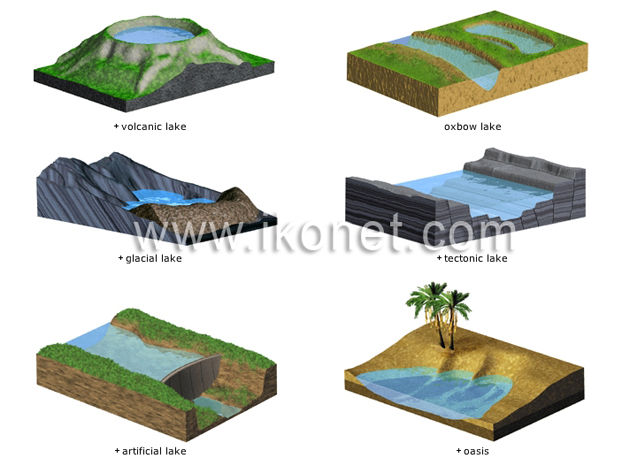
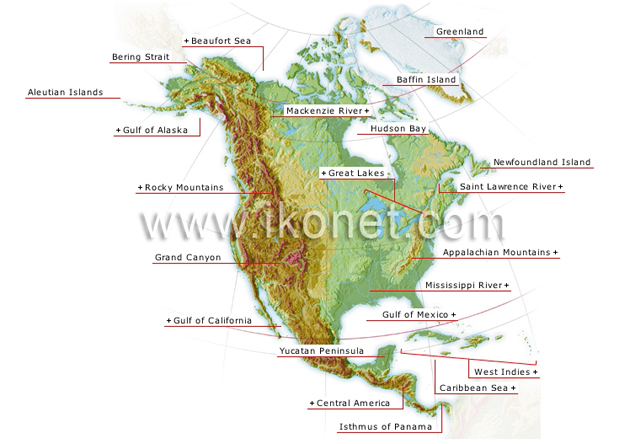
The Everglades
An immense wetland zone, the Everglades, bathes the United States’ southern Florida. The Everglades consist of calm watercourses that include prairie wetlands, marshes, mangroves, a myriad of small islands and a large shallow lake called Okeechobee. This unique environment, partly protected by a national park, is home to the Florida panther, the manatee (a large aquatic mammal and herbivore), numerous amphibians and reptiles, more than 350 species of birds and about 40 species of mosquitoes. The Everglades are affected by pollution, the expansion of cities and the diversion of water to urban areas and agricultural plantations.
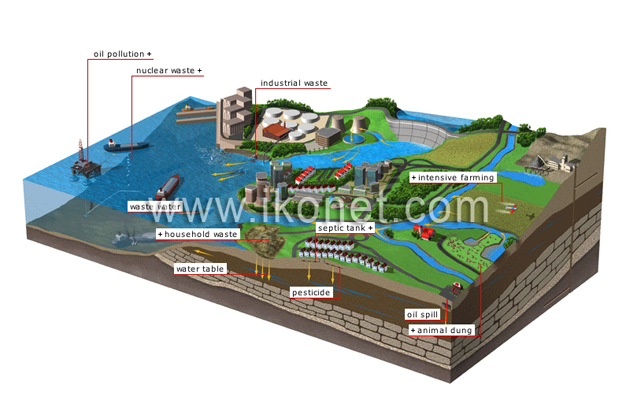
Saltwater lakes
A lake can be salty, sometimes much more than the ocean! This is often the case when the lake is situated in a closed basin. The water cannot flow out, so mineral salts accumulate and the water turns very salty. The environment of these lakes, however, is not deprived of life. For example, the shores of Great Salt Lake, in the United States, are a favorite stopping place for millions of migrating birds. They feed on brine shrimp, which are small crustaceans that manage to survive in the very salty water.
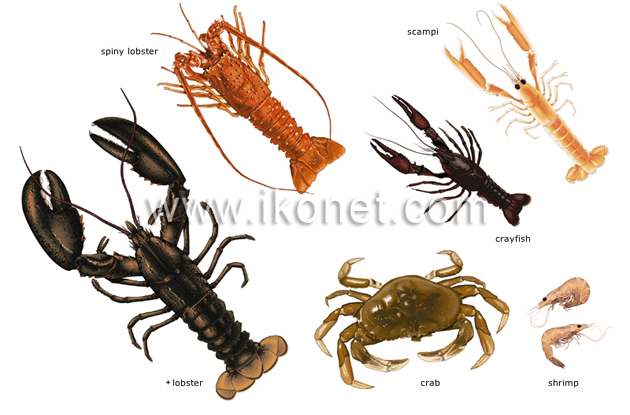
The beaver

The beaver, of which there are a North American species and a European species, is a large rodent that can measure more than 1 m long. Using its sharp teeth coated in strong enamel, this tireless mammal takes down trees and carries away the branches to build a shelter and dam in the water. The dam raises the water level, allowing the beaver to keep the entrance to its shelter underwater. In this way, the rodent is protected from predators and has easier access to food and building materials.

The great blue heron
The great blue heron can grow to a height of 1.4 m. This majestic wading bird lives almost exclusively in North and Central America, always near a source of water. The bird stays in shallow areas, watching from above for prey, such as a small fish. With its long beak, it catches its victim in a blink of an eye.
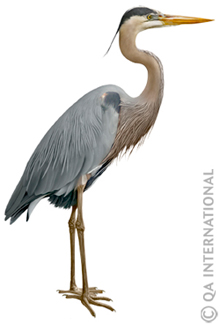
The Atlantic salmon
Like most of the other species of salmon, the Atlantic salmon swims upriver to where it was born in order to reproduce. It does so after spending one to three years in the ocean, where it eats and grows larger. It can travel several tens of kilometers each day, in spite of the strong head-current and obstacles. Salmon often die of exhaustion after spawning. The young salmon remain in the river for a while until it is their turn to swim to the ocean.
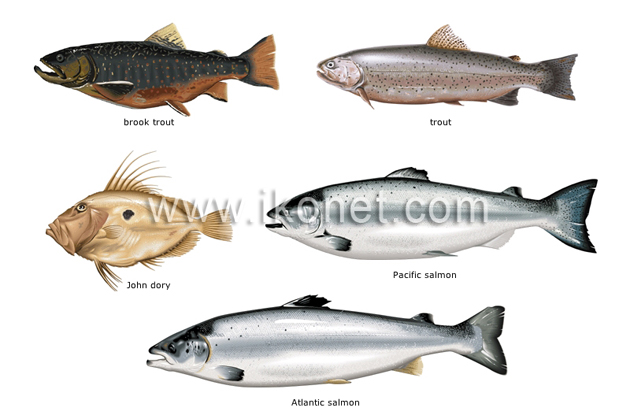
The leopard frog
The leopard frog gets its name from the dark spots covering its body. Like every amphibian, it needs water for keeping its skin supple and moist and for laying its eggs, as its offspring, called tadpoles, are aquatic. Amphibians are very sensitive to pollution. Pesticides, herbicides and acid rain contaminate the water, causing diseases and malformations in frogs and their tadpoles.
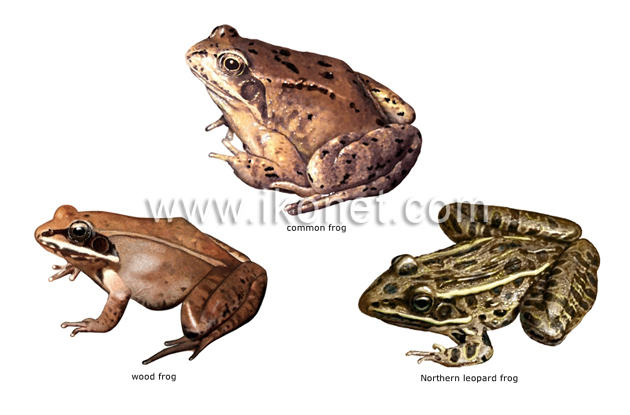
The muskrat

Native to the aquatic environments of North America, the muskrat is a rodent that measures about 50 cm long, including the tail. The muskrat gets its name from the musk that it secretes in the glands at the base of its tail. The musk emits a strong odor, indicating that the animal is ready to reproduce. This excellent swimmer lives on aquatic plants and always builds its burrow on the banks of a body of water.
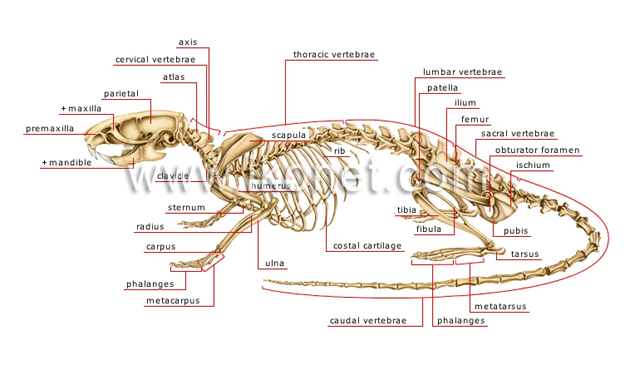
The mallard duck
The mallard duck is the most widespread species of duck on the planet because of its domestication. It lives on the lakes, ponds and rivers of just about every continent. This omnivore with webbed feet eats plants, seeds and small aquatic animals in particular, which it catches by sticking its head into the shallow water and tipping forward. The male mallard is recognizable by the green plumage covering its head and neck.
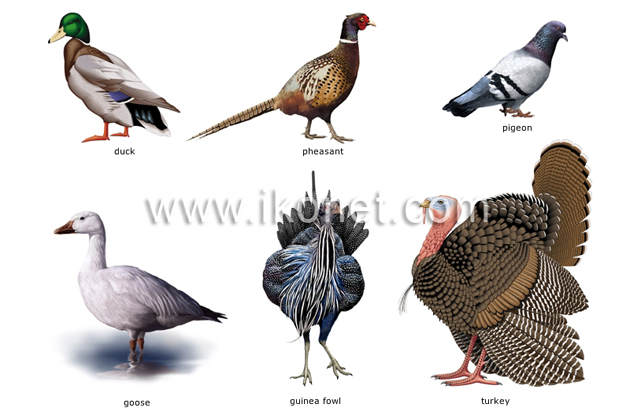
The giant water bugs
The giant water bugs make up a family of carnivorous insects, which can measure up to 12 cm in length! They are found just about everywhere in the world, particularly in the aquatic environments of the Americas and East Asia. In some species, the females use a gluey substance to attach their eggs to the back of the males, who carry them around until they hatch.
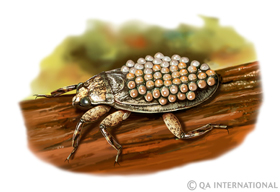
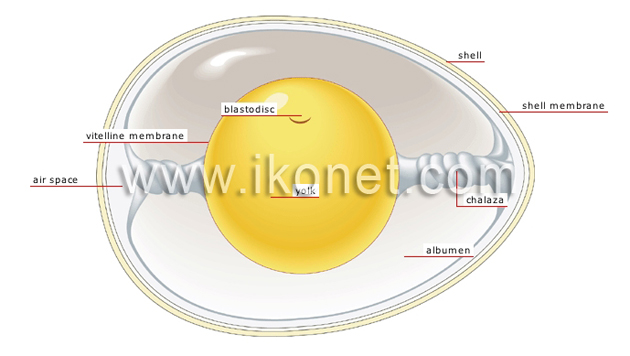
The northern pike
The northern pike is a fish found in the ponds, lakes and slow-moving rivers of the Americas, Europe and Asia. A carnivore, it can measure more than 1 m in length and is equipped with 700 sharp teeth. This large freshwater predator mainly feeds on other fish, but also eats amphibians, birds, crustaceans and even muskrats. The northern pike population is on the decline because of human activities, but the species is not threatened with extinction.
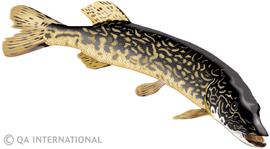
The painted turtle
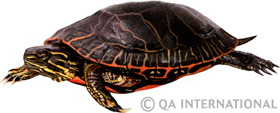
The painted turtle gets its name from the attractive red patterns that decorate its shell. It is found in ponds, lakes and calm brooks, from southern Canada to northern Mexico. The painted turtle is an omnivore and lives on aquatic plants, insect larvae and small fish. In cold regions, this reptile can hibernate and stop breathing for more than four months, buried in the silt at the bottom of the water.

The osprey
The osprey is found on every continent except Antarctica. This diurnal raptor can have a 1.8 m wingspan. It lives near shallow bodies of water that are stocked with fish. To feed itself, it flies several tens of meters above the water, spots a fish, and then plunges into the water feet first to seize its prey.

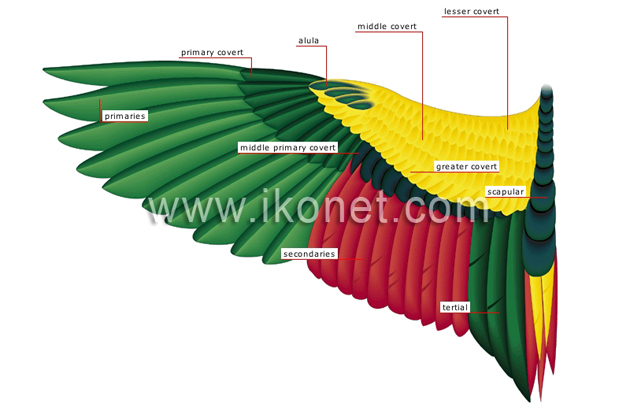
Also see

|
The "Animal Kingdom" section |
|---|---|
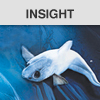
|
Fauna of the deep sea: life teeming in the darkness! The sun’s rays barely penetrate the water past a depth of 200 m. Without sufficient light, marine plants cannot grow in deep waters [...] |

|
Put it in its place: examples of marine mammals |





